World stocks clung to two-week highs on Wednesday, although another aggressive rate increase from New Zealand tempered the idea that central banks may be close to slowing down the pace of rapid monetary tightening.
Oil prices inched higher before a meeting of OPEC+ producers to discuss a big cut in crude output, after gaining more than 3% in the previous session.
The S&P 500 index posted its biggest single-day rally in two years on Tuesday after softer U.S. economic data and a smaller-than-expected interest rate hike from Australia stirred hope for less aggressive tightening by the Federal Reserve.
Yields on 10-year U.S. Treasuries, which move inversely to prices, are down 12 basis points this week, as hopes for a slowdown in rapid Fed tightening took hold.
But a more cautious tone surfaced on Wednesday, with a sharp rate rise in New Zealand dampening hopes for a pause or slowdown in aggressive hikes from other major central banks.
“There is a growing sense that the market may have got ahead of itself in thinking that inflation has peaked and central banks will start to dial back on their hawkish stances,” said Stuart Cole, Head Macro Economist at Equiti Capital.
“Until we see material falls in CPI I think central banks will remain in hawkish mode and willing to accept a moderation in growth – ie mild recession – if that is the price to pay to get the inflation genie back in the bottle,” he added.
Also Read: Global Markets: Stocks, bonds rally as investors spy possible central bank ‘pivot’; pound
European shares fell, sending the region’s STOXX 600 index down 0.9% by 1114 GMT after a 5% rally in the previous three sessions. S&P 500 futures fell by 0.8%.
MSCI’s broadest index of Asia-Pacific shares outside Japan was up 2.4%, catching up with the strong gains seen on Wall Street during the previous session.
That left MSCI’s World Stock Index up around 0.1%, having touched its highest level in around two weeks earlier in the session.
WAITING FOR OPEC+Investors closely awaited a crucial supply decision from OPEC+ due later on Wednesday, which could have global implications for already high energy prices and inflation.
After making strong gains the previous day, U.S. crude rose 0.6% to $87.08 a barrel and Brent crude gained 0.7% firmer at $92.43 per barrel.
OPEC+, which includes Russia and Saudi Arabia, could cut between 1 and 2 million barrels a day, according to a Reuters report.
U.S. Treasury yields headed back higher and the dollar steadied, having suffered its heaviest setback in more than two years on Tuesday. The yield on benchmark 10-year Treasuries , were 6.6 basis points higher at 3.6828%.
The dollar was 0.2% firmer at 144.4 yen, while the euro was around 0.7% softer at $0.9920, having gained 1.7% on Tuesday in its biggest one-day percentage gain since March.
“Despite European assets rebounding quite sharply, it’s hard to point to any material change in the eurozone’s outlook that would warrant a significant return of market appetite for the euro just yet,” said ING currency strategist Francesco Pesole.
Elsewhere, spot gold traded at around $1,709 per ounce, down about 1%.

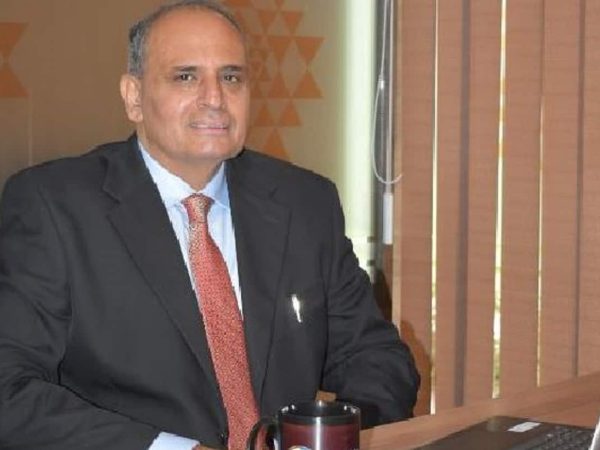
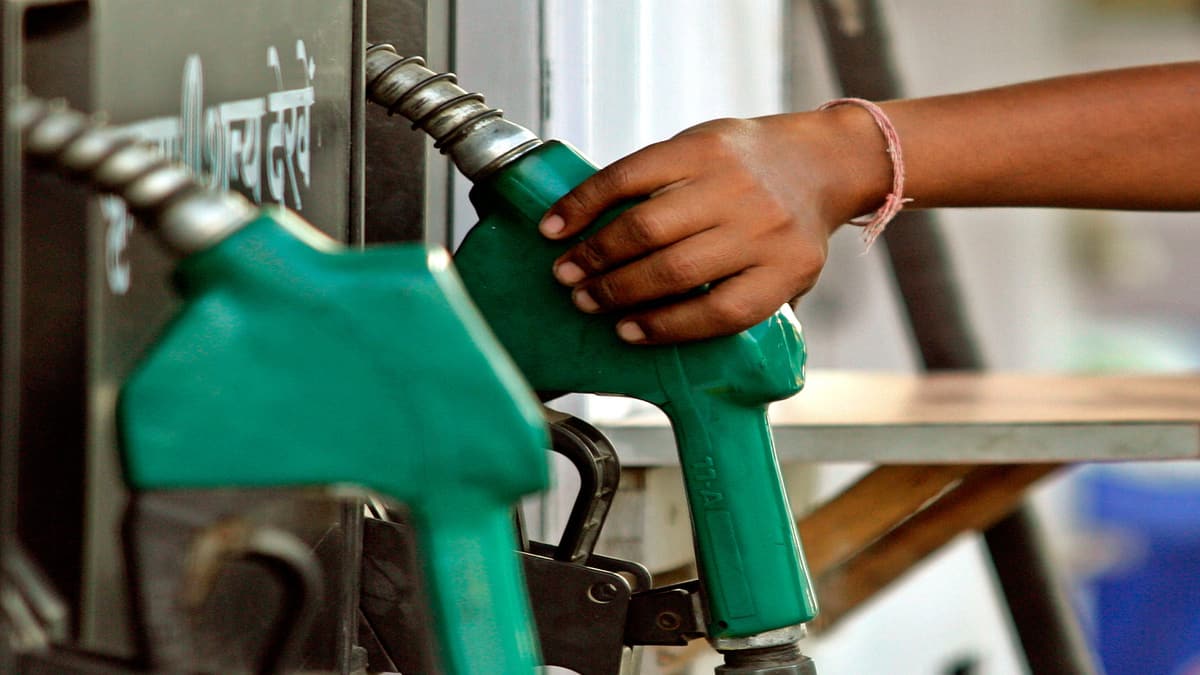
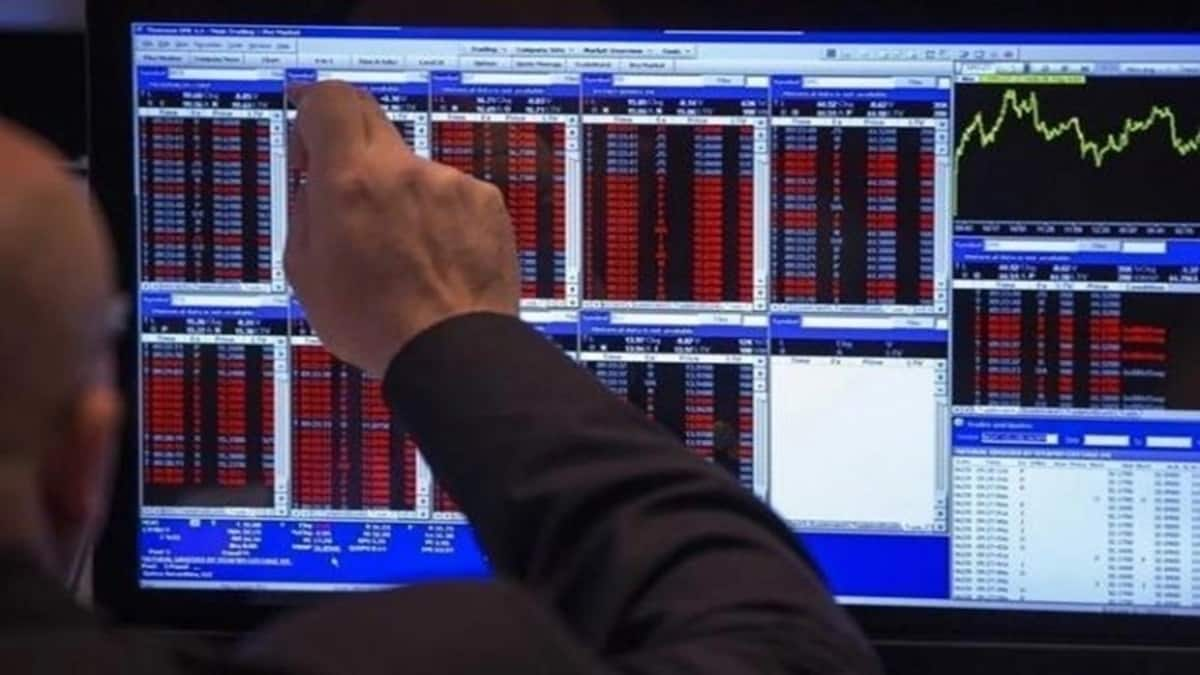
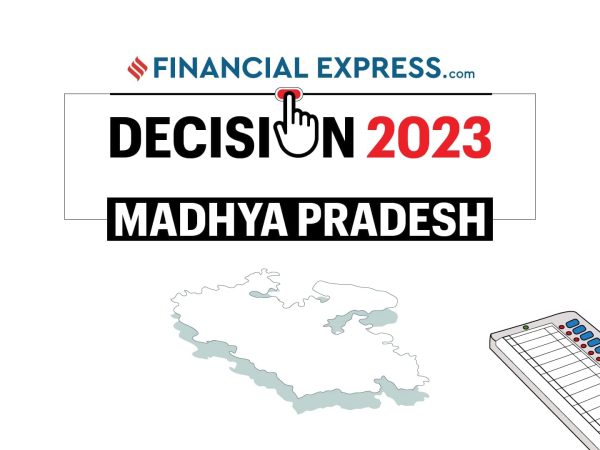
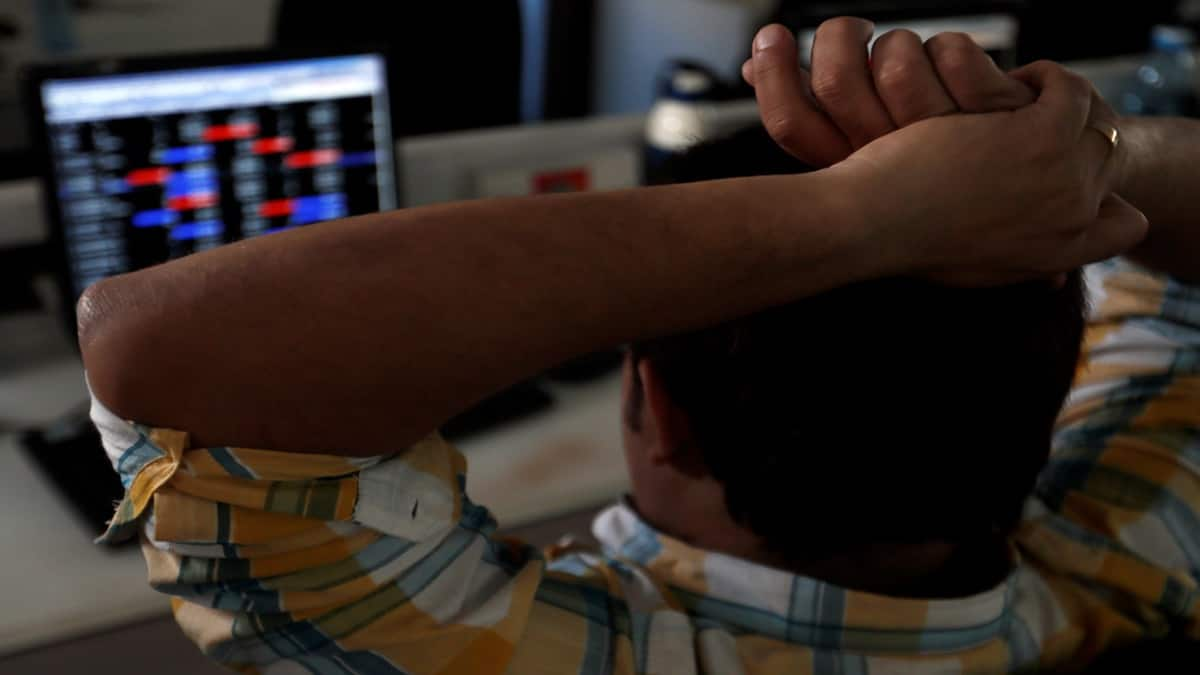
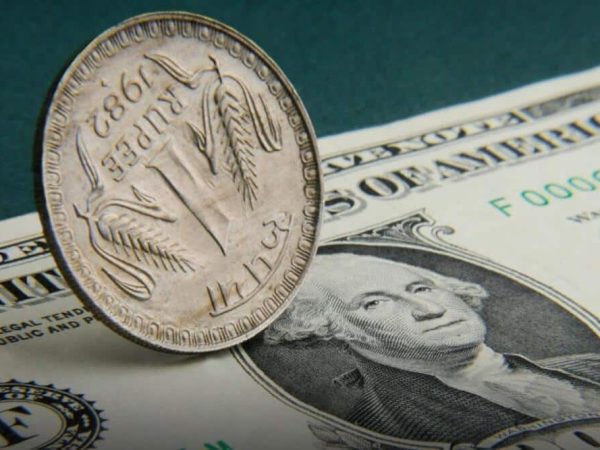
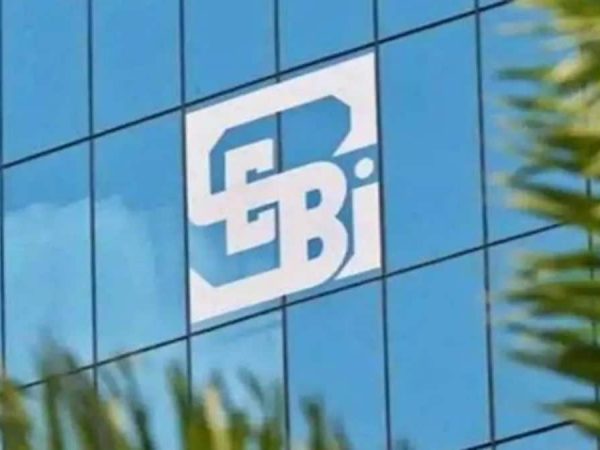

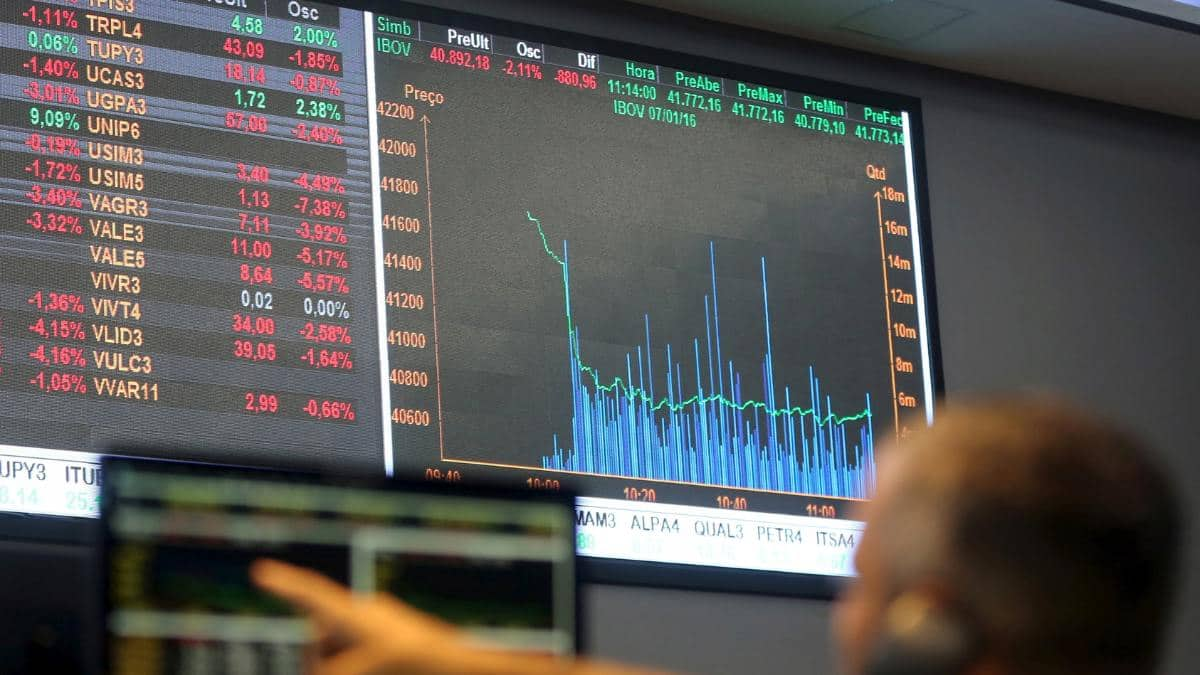
Recent Comments